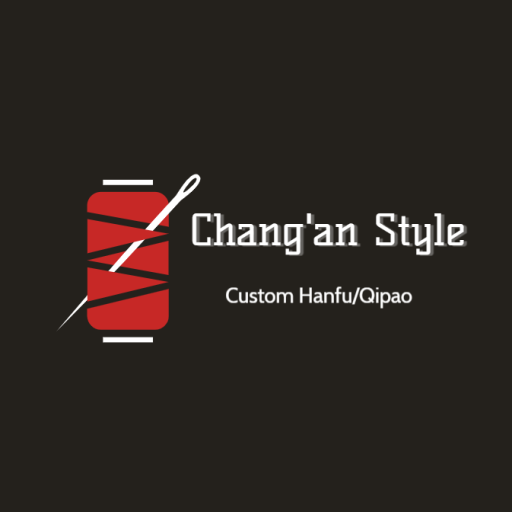Traditional Chinese Clothing
1. Hanfu:
Hanfu, literally “Han clothing,” is perhaps the most iconic form of traditional Chinese attire. It is characterized by its cross-collar, wide sleeves, and sash that ties the garment together without buttons. Hanfu varies significantly depending on the dynasty and occasion, ranging from simple designs for daily wear to elaborate costumes for rituals and celebrations.
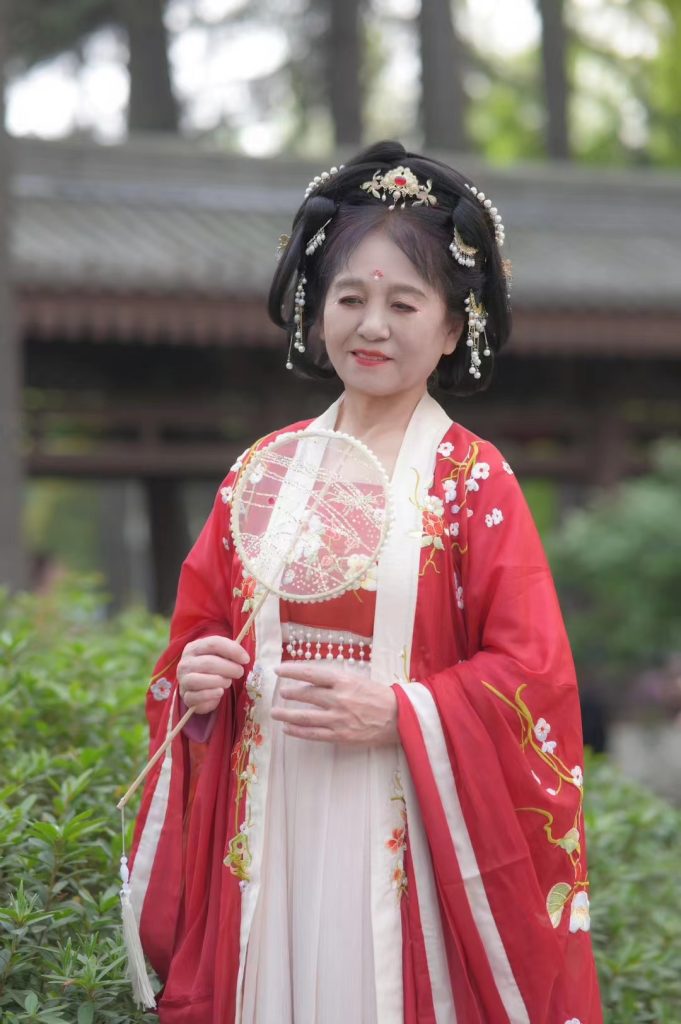
2. Qipao (Cheongsam):
The qipao, known in the West as cheongsam, emerged in the 1920s in Shanghai. It is a form-fitting dress with a high neck and slit sides, often made of silk with intricate embroidery. The qipao is synonymous with elegance and femininity in Chinese culture.
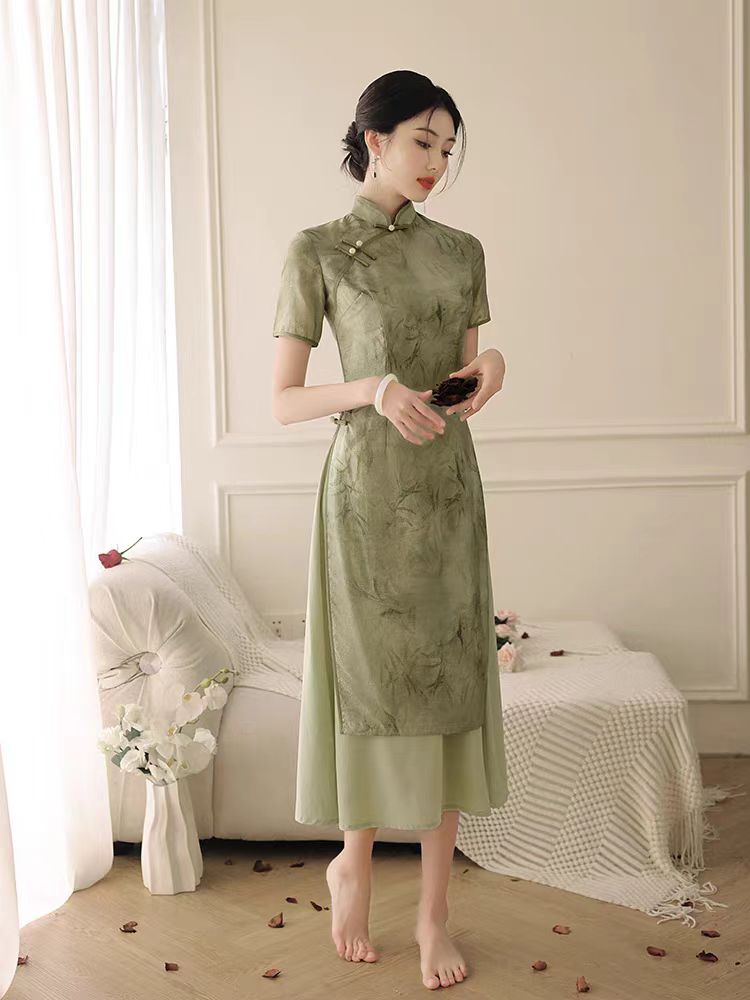
3. Tangzhuang:
Inspired by clothing from the Tang dynasty, Tangzhuang is often characterized by its bright colors and embroidered patterns, incorporating modern elements into traditional designs. It’s a unisex garment that reflects China’s rich historical tapestry.
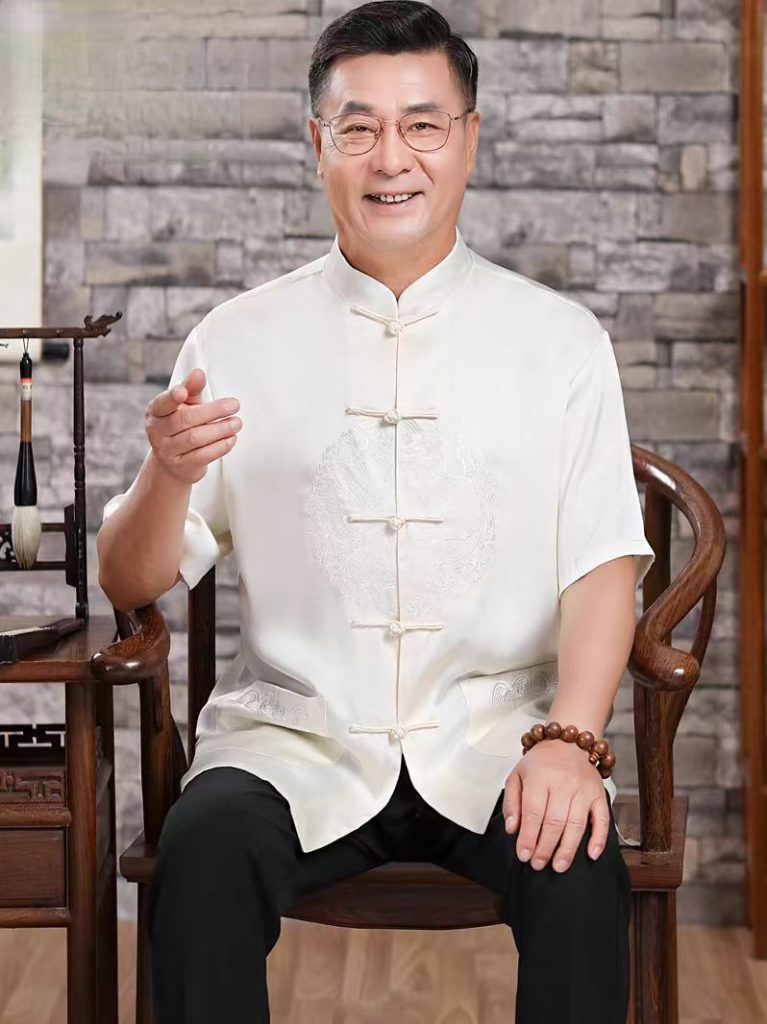
4. Zhiduo/Changpao:
Typically worn by men, these long robes also originated from the Ming dynasty. Zhiduo refers to a robe with a straight collar, while Changpao has a round collar and is usually worn for more formal occasions.

Professional and Detailed Guide to Traditional Chinese Makeup Styles
Traditional Chinese makeup, when paired with the exquisite garments like Hanfu, Qipao, and other classical wears, transcends mere aesthetic appeal, embodying deep cultural and historical significance. This section offers a detailed exploration of the makeup styles typically associated with each type of traditional Chinese clothing, enhancing your understanding and appreciation of these cultural expressions.
Hanfu Makeup
Foundation and Skin: The base for Hanfu makeup is typically a very light, almost porcelain-like foundation to mimic the clear, luminous skin often depicted in ancient Chinese paintings. The skin should appear flawless, with a subtle radiance. A light dusting of translucent powder can help achieve this matte effect without dulling the skin’s natural glow.
Eyes: Eye makeup is kept relatively simple but elegant. Neutral shadows in shades of brown or peach enhance the eyes subtly, maintaining the natural look. Eyeliner is thin and closely follows the lash line, slightly extending upwards at the outer corners to give a gentle lift to the eyes. Mascara is applied lightly to avoid overpowering the simplicity of the Hanfu.
Cheeks and Lips: Cheek color is soft, often a gentle flush of pink or peach to complement the natural undertones of the skin. Lips are tinted in soft pinks or corals, sometimes with a slight gloss to add fullness without a dramatic color.
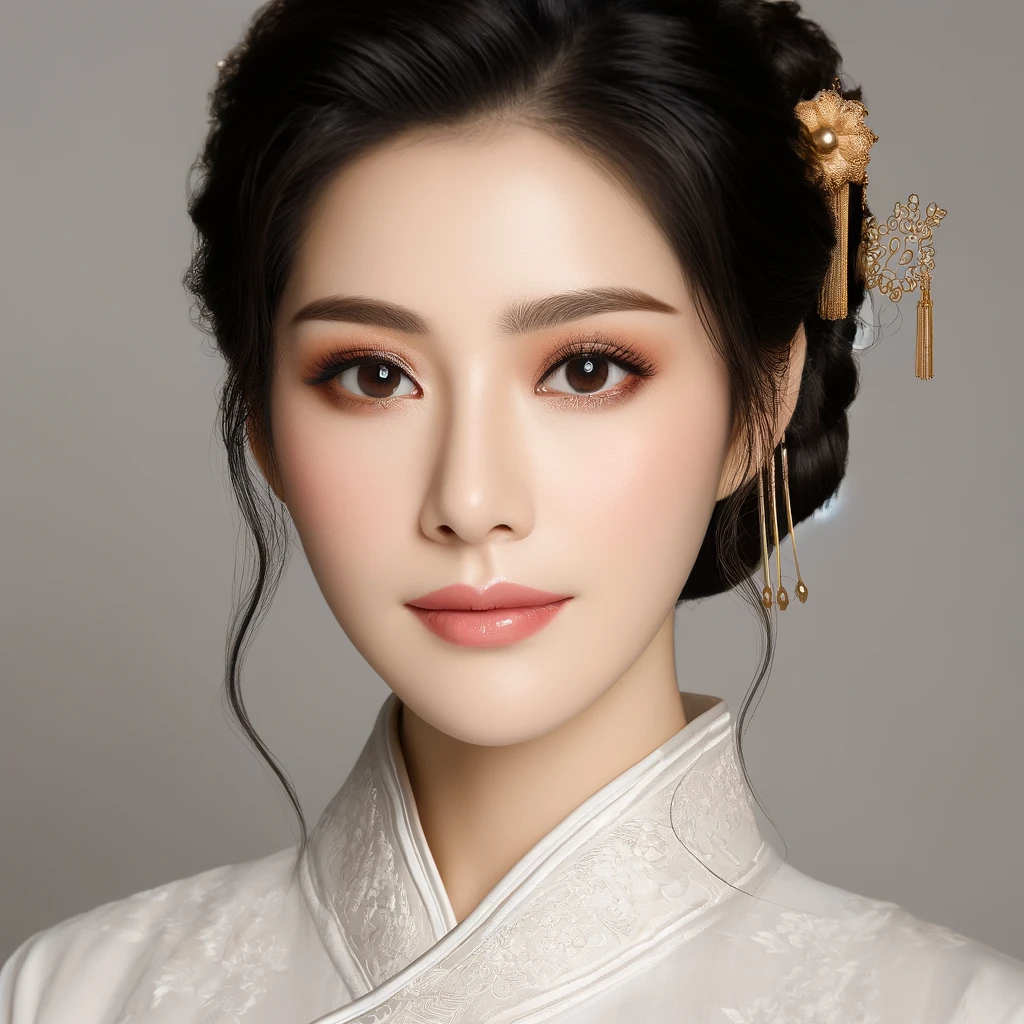
Qipao Makeup
Foundation and Skin: Qipao makeup also starts with a flawless foundation, but with a more polished finish. Highlighter may be applied on the high points of the face (cheekbones, bridge of the nose, cupid’s bow) to create a sophisticated glow.
Eyes: Eye makeup is more dramatic in Qipao styling to match the elegance of the dress. Smoky eyeshadow in shades of gray or plum can be used to add depth, with a more pronounced winged eyeliner to enhance the classic vintage look. False eyelashes or multiple coats of mascara are often used to emphasize the eyes further.
Cheeks and Lips: Cheeks have a more sculpted appearance, using bronzer and blush to contour the face subtly. Lips are bold and are often the focal point of the makeup, with deep reds being a popular choice, applied meticulously to ensure a perfect, enduring finish.
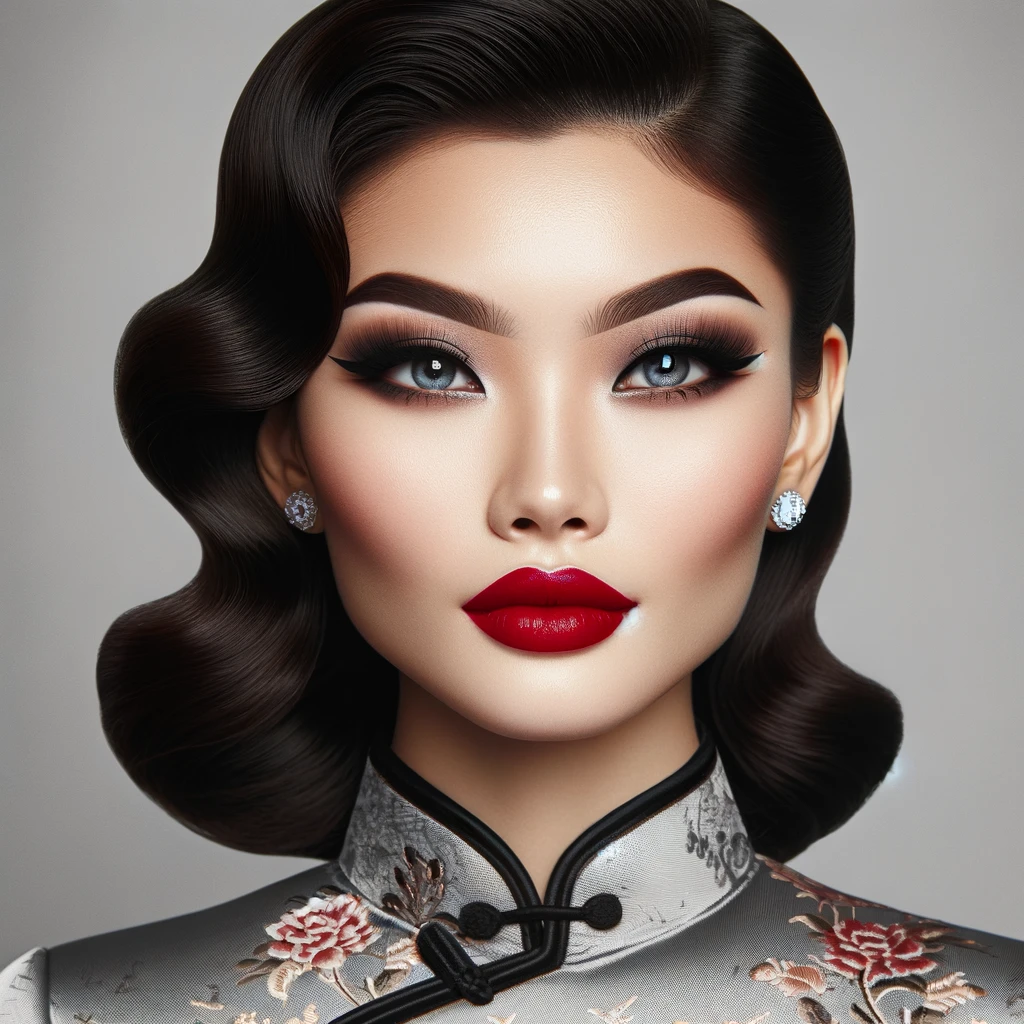
Tangzhuang Makeup
Foundation and Skin: The foundation for Tangzhuang makeup should provide a healthy, natural look. BB creams or tinted moisturizers are excellent for this purpose, offering light coverage that lets natural skin texture show through.
Eyes: Eye makeup remains minimal, with a slight emphasis on defining the eyes using brown or charcoal eyeliner, smudged gently for a soft effect.
Cheeks and Lips: A natural flush on the cheeks works best with Tangzhuang, using tones of peach or soft berry. Lips are kept neutral with nude or light pink shades, maintaining the simplicity and elegance of the attire.
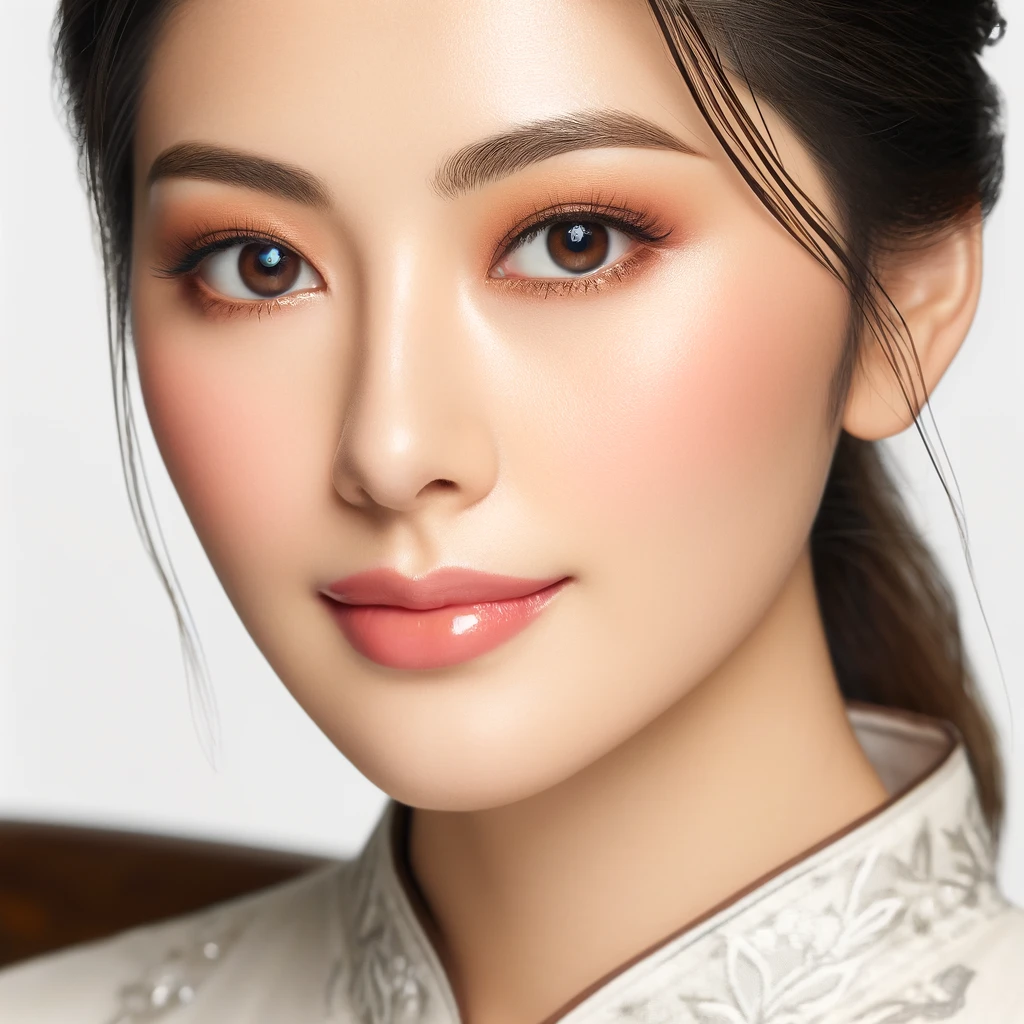
Makeup for Zhiduo/Changpao
Foundation and Skin: For men wearing Zhiduo or Changpao, makeup is minimal, focusing on evening out the skin tone and concealing any blemishes for a clean and refined look.
Eyes: A small amount of neutral-toned eyeshadow may be used to subtly enhance the eyes, especially for stage performances where more definition is needed.
Cheeks and Lips: Generally, no blush is used, and lips are kept natural, possibly with just a hint of lip balm for moisturization and slight shine.
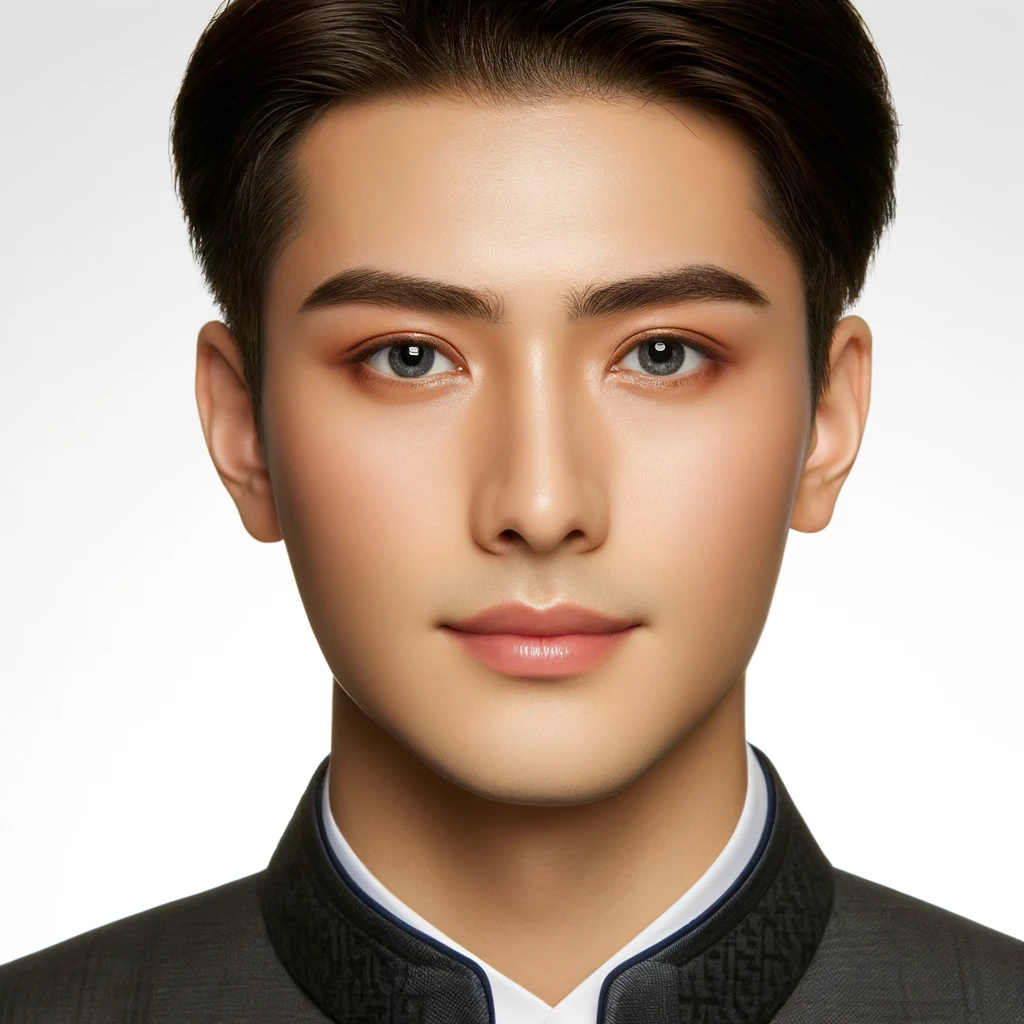
Traditional Chinese clothing and makeup are not just about aesthetics but are also deeply imbued with cultural meanings and social statuses. Whether you’re dressing up for a festival, a cultural day, or just interested in the world of traditional attire, understanding the appropriate makeup and clothing combination can enhance your experience and presentation. This guide offers insights into the beautiful harmony of traditional Chinese clothing and makeup, inviting everyone to appreciate and partake in China’s rich cultural heritage.
